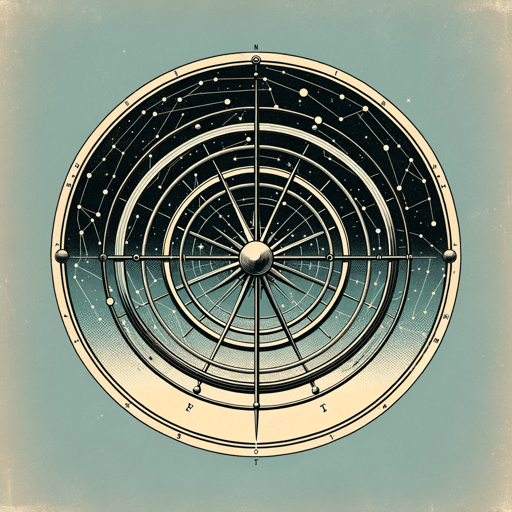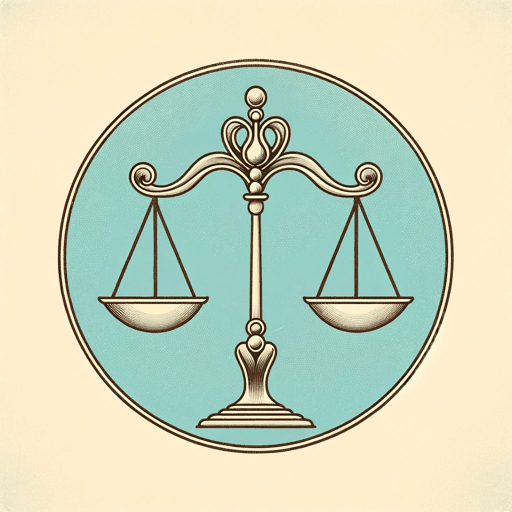57 pages • 1 hour read
Immanuel KantCritique of Pure Reason
Nonfiction | Book | Adult | Published in 1781A modern alternative to SparkNotes and CliffsNotes, SuperSummary offers high-quality Study Guides with detailed chapter summaries and analysis of major themes, characters, and more.
Summary
Prefaces and Introduction
Part I: “Transcendental Aesthetic”
Part II: “Transcendental Logic,” Book I, Chapter I
Part II: “Transcendental Logic,” Book I, Chapter II
Part II: “Transcendental Logic,” Book II, Chapters I-II
Part II: “Transcendental Logic,” Book II, Chapter III
Part II: “Transcendental Logic,” Division II, Books I-II, Chapter I
Part II: “Transcendental Logic,” Division II, Book II, Chapter II
Part II: “Transcendental Logic,” Division II, Book II, Chapter III
Transcendental Doctrine of the Method
Key Figures
Themes
Index of Terms
Important Quotes
Essay Topics
Further Reading & Resources
Transcendental Doctrine of the MethodChapter Summaries & Analyses
Transcendental Doctrine of the Method Summary
The “Transcendental Doctrine of the Method” forms the second of the two most general sections of the Critique of Pure Reason, but its scope and function are limited compared to the “Doctrine of the Elements.”
In this section, Kant discusses the discipline, canon, “architectonic,” and history of pure reason. The discipline of pure reason is the aspect of the method through which the philosopher learns to constrain and restrain reason within certain rules of thought so that it does not venture into absurd and mistaken illusion. The task of discipline is to prevent error more than anything else. Kant takes pains to distinguish the discipline of reason in philosophy from mathematics and emphasizes the failure of mathematics as a reasonable standard for philosophical inquiry. Kant also discusses the value of skepticism in moving the work of reason forward through constantly forcing it to answer skeptical claims. The use of hypotheticals in the discipline of reason is also restricted. The final section of the discipline of reason concerns rules for the nature of proofs. Proofs must conform to specific rules to be transcendentally appropriate and comprehensible.
The next chapter of the doctrine of the method is the canon of pure reason.
Related Titles
By Immanuel Kant




